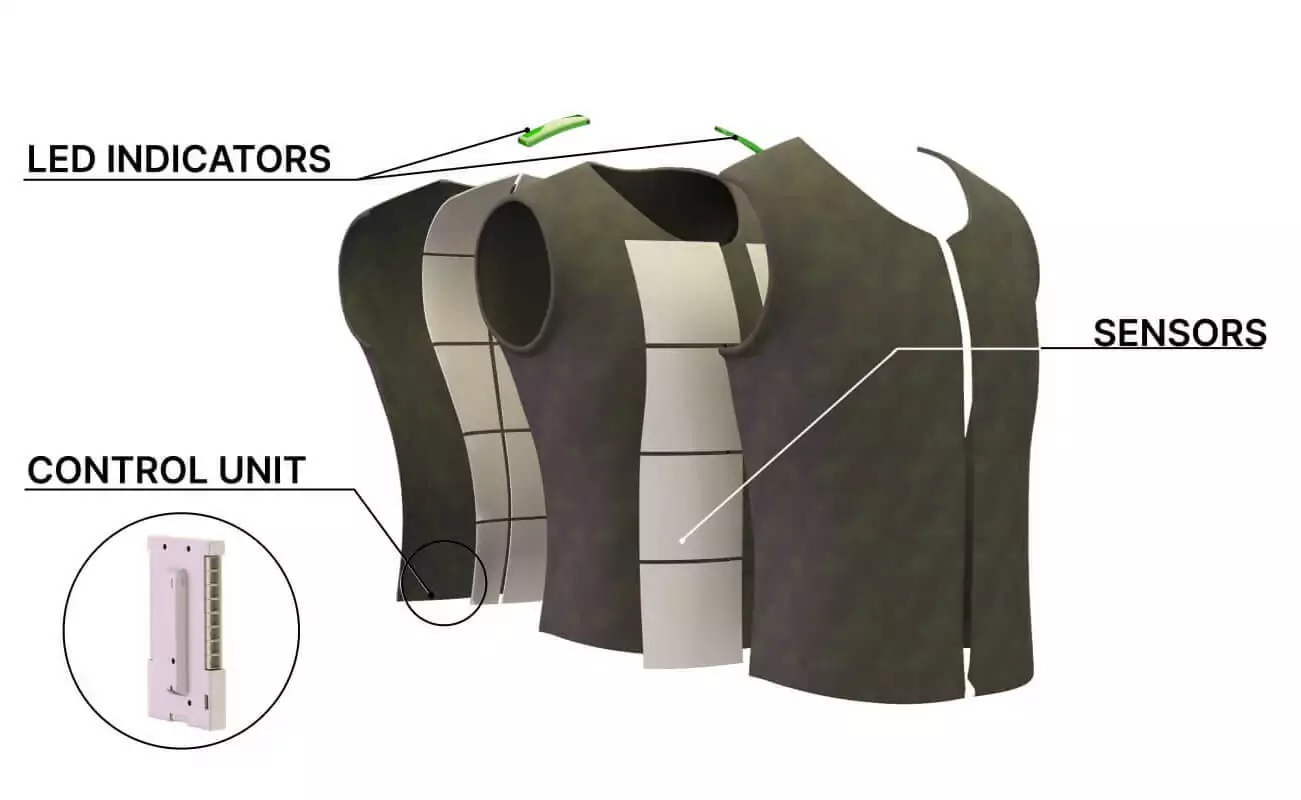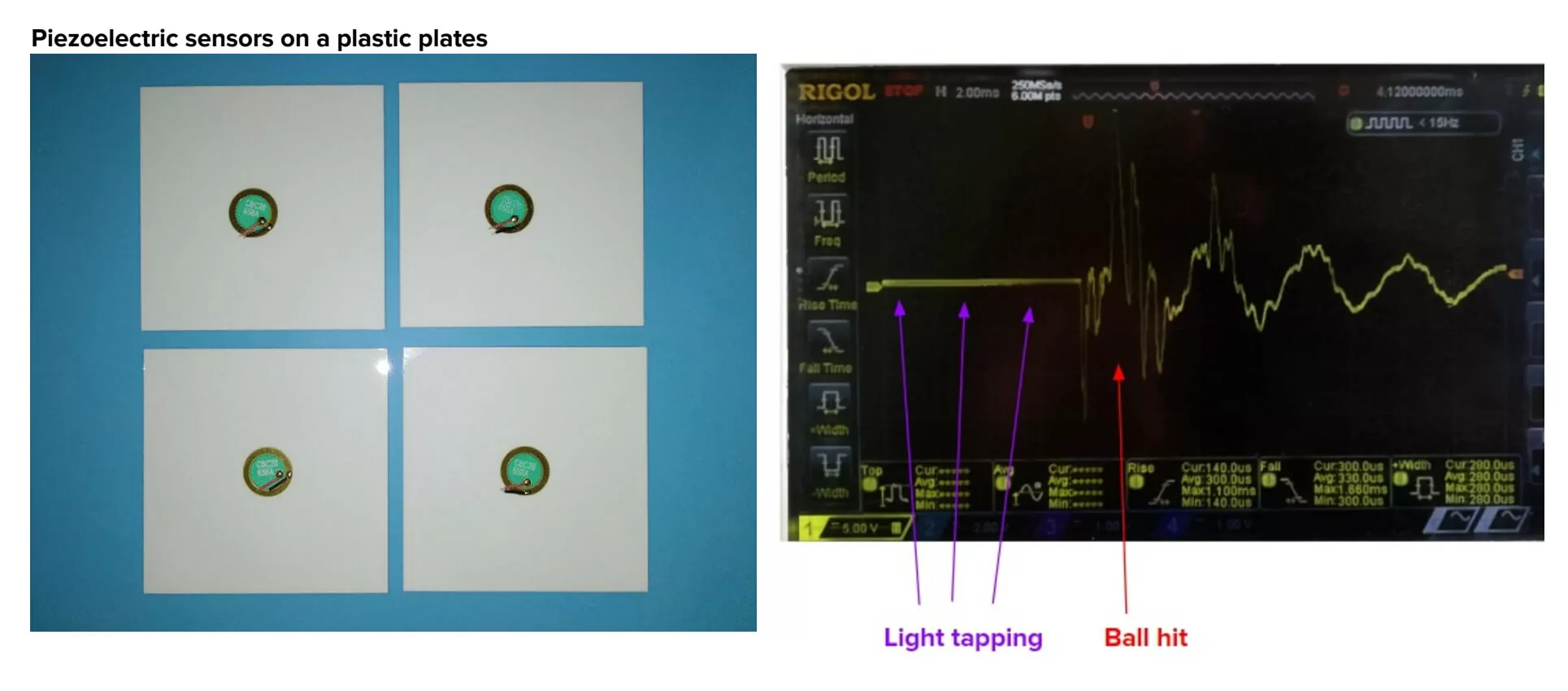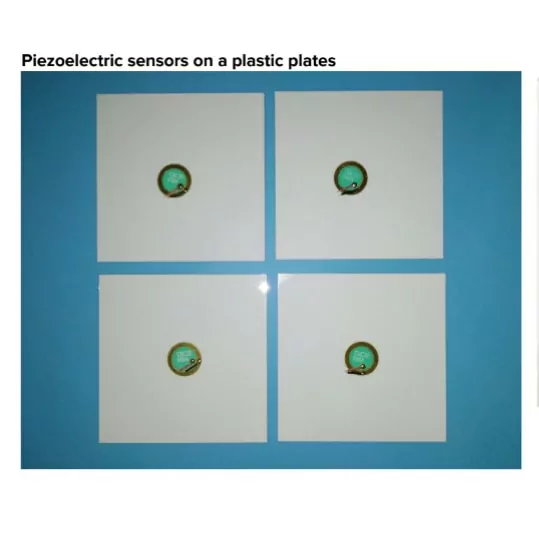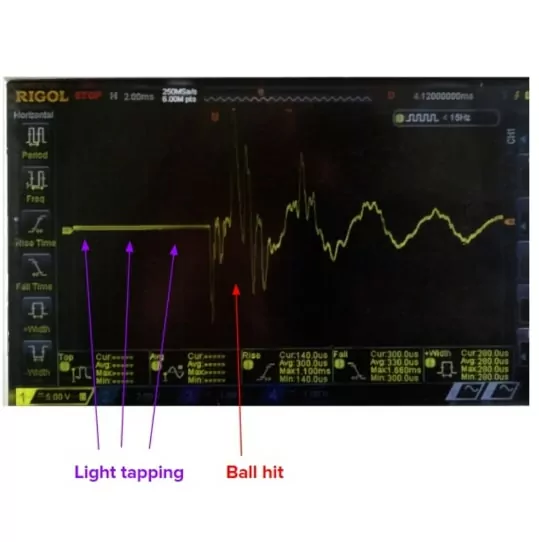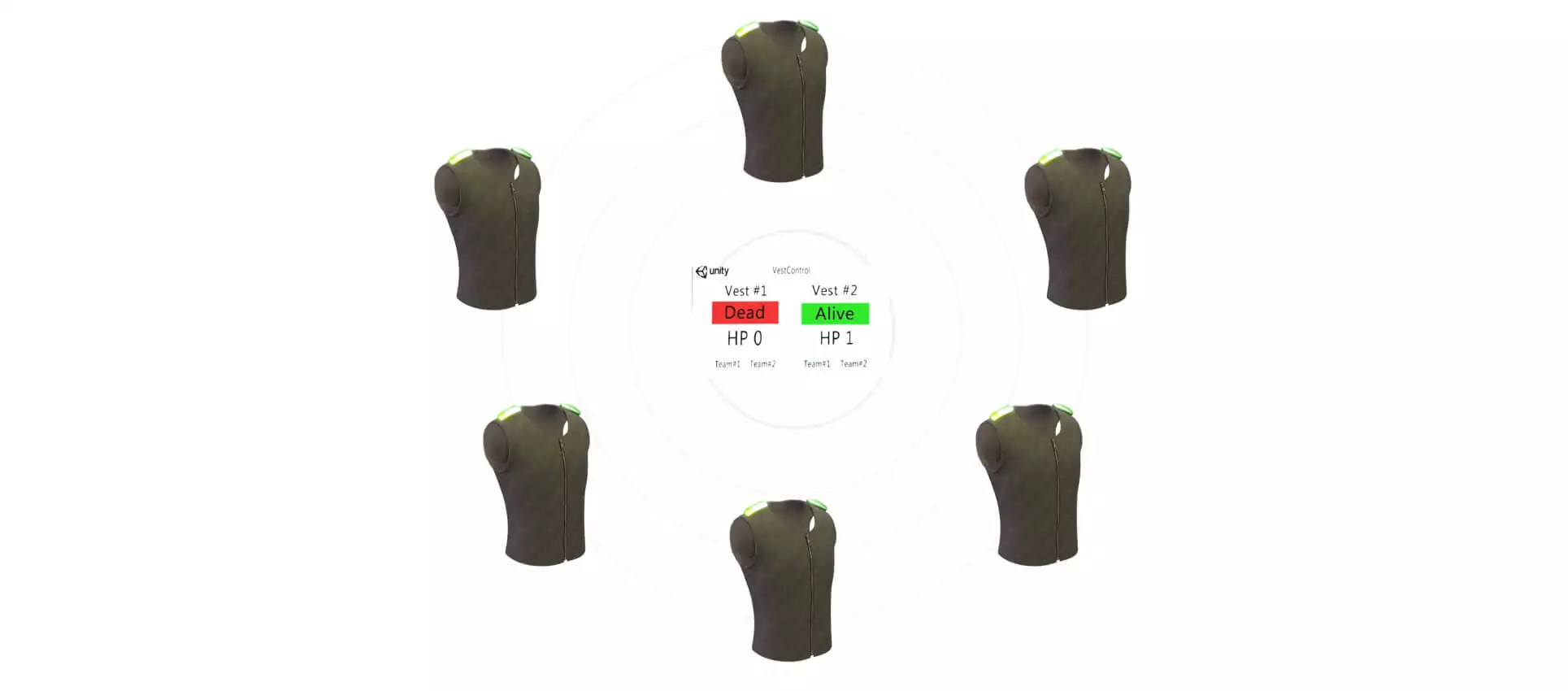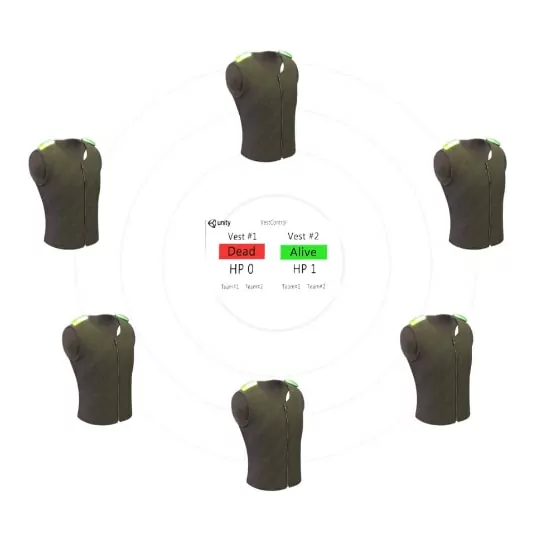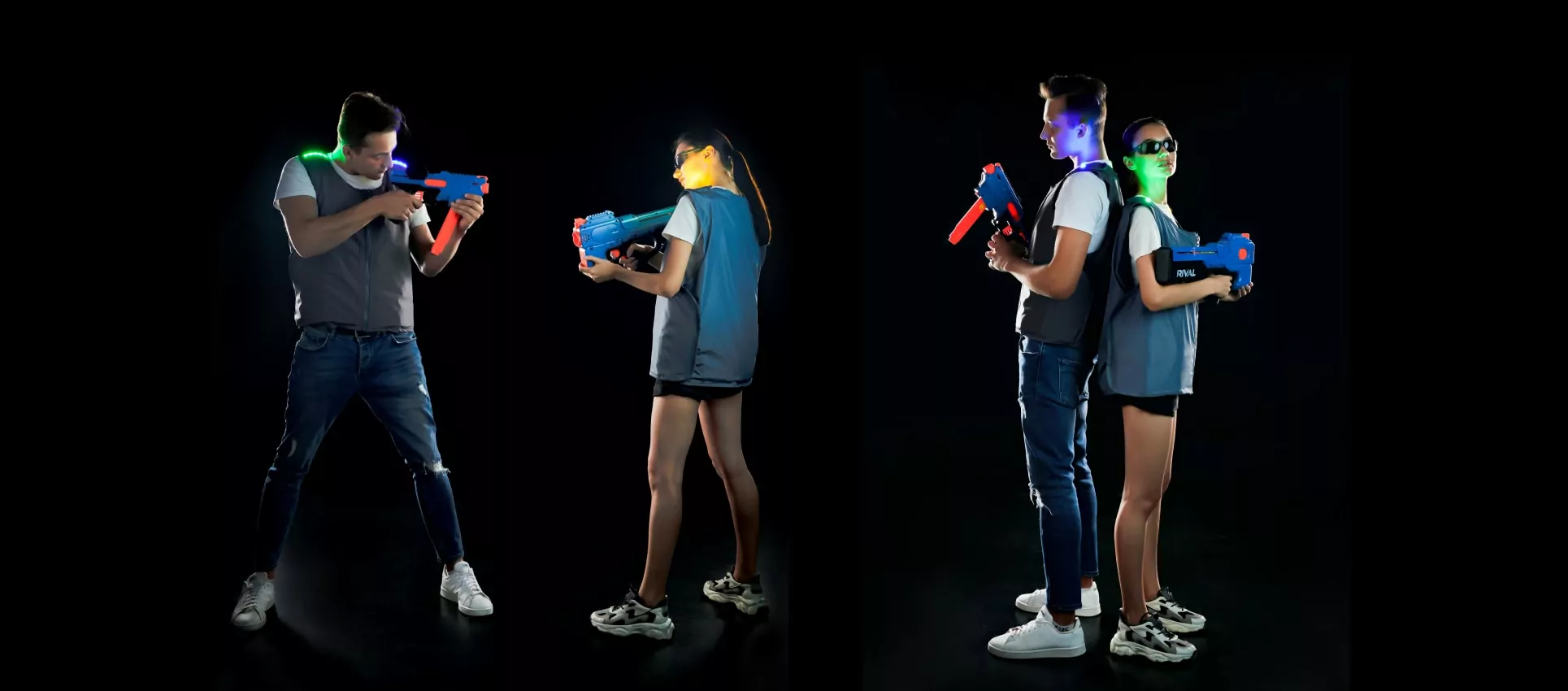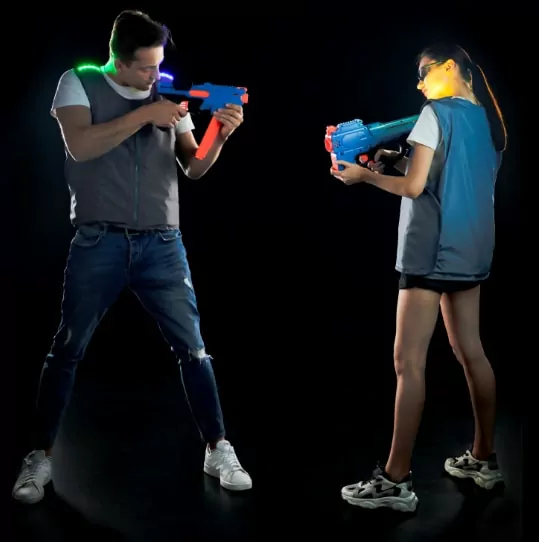The Challenge
The advent of first-person shooter (FPS) games was an important milestone in gaming history. It was
present since the age of 2D games, with popular examples in both consoles and PC. However, FPS games
really exploded with 3D multiplayer games, where the user can play in tridimensional environments with
real-life people.
The exponential growth of multiplayer FPS games demonstrates a fact that most companies initially
struggled to understand: gamers want to play with other people. Therefore, most of today’s gaming
revenue is related to multiplayer online games, where users can not only be entertained, but also make
friends and be part of a group.
But how take it one step further, and bring multiplayer games to the physical world? No off-the-shelf
devices are widely available to cover this growing niche.
The OPPORTUNITY
AJProTech partnered with a venture-funded gaming startup from the Middle East to create a wearable IoT
device and enable a new generation of immersive shooter games.
We’ve created a Sensor Vest - a wearable device that can digitize paintball / lasertag battles and
bring real-life shooting data into computer games. With evolution of augmented reality (AR) applications
and increased demand for haptic and tactile feedback, such a werable device may become the foundation for
a completely new class of augmented reality games.
AJProTech led entire hardware development and firmware design to create functional prototypes of a
wearable IoT system. Additionally, we’ve created a Windows application for Unity integration




